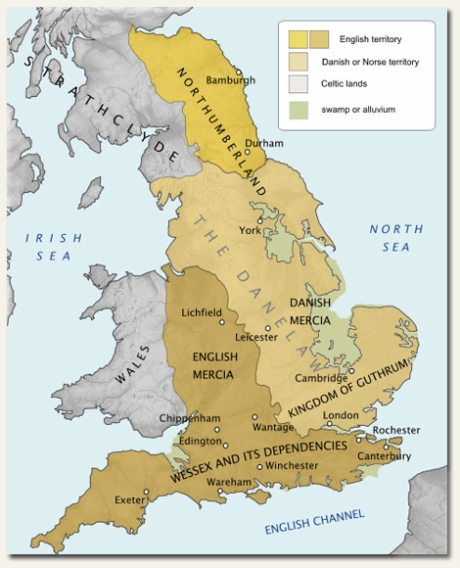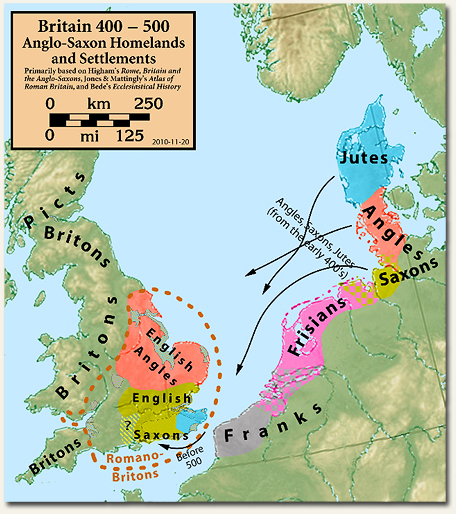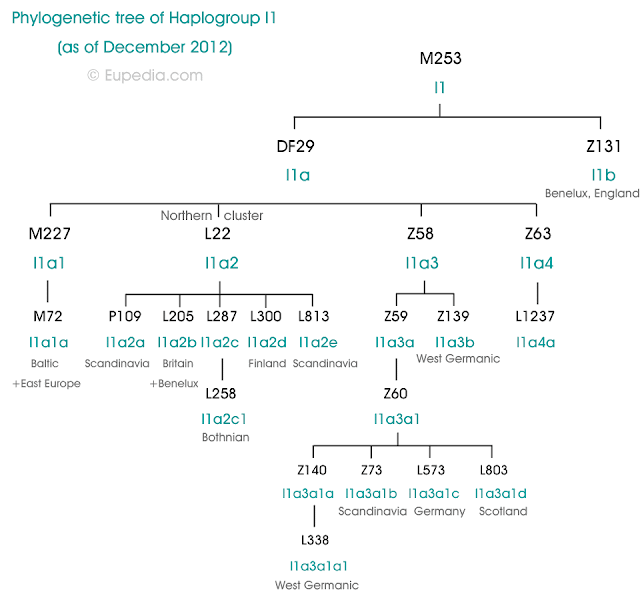пятница, 25 января 2013 г.
среда, 23 января 2013 г.
понедельник, 21 января 2013 г.
воскресенье, 20 января 2013 г.
Moldavian I1
A new article by Alexander Varzari Moldovans - "Paleo-Balkan and Slavic Contributions to the Genetic Pool of Moldavians: Insights from the Y Chromosome". However, the data in the article are old and have long been known from other works of the author.
In an earlier article "Varzari 2006 Population History of the Dniester-Carpathians Evidence from Alu Insertion and Y-Chromosome Polymorphisms" we see the same data, but with samples of the Gagauz.
Just from this author published an article - "Varzari 2009 Searching for the Origin of Gagauzes Inferences from Y-Chromosome Analysis". It contained data only for Gagauz.
Unfortunately long Moldavian haplotypes there are also no conclusions difficult to draw. However undoubtedly it is possible to tell that the main share of I1 in this region can be connected with movements of a tribe of Goths to times "Migration Period".
In an earlier article "Varzari 2006 Population History of the Dniester-Carpathians Evidence from Alu Insertion and Y-Chromosome Polymorphisms" we see the same data, but with samples of the Gagauz.
Just from this author published an article - "Varzari 2009 Searching for the Origin of Gagauzes Inferences from Y-Chromosome Analysis". It contained data only for Gagauz.
Unfortunately long Moldavian haplotypes there are also no conclusions difficult to draw. However undoubtedly it is possible to tell that the main share of I1 in this region can be connected with movements of a tribe of Goths to times "Migration Period".
пятница, 18 января 2013 г.
Normans of Continental Europe DNA Project by Dr. Marek Skarbek Kozietulski
The purpose of our DNA Project is to identify descendants of Normans in Continental Europe, i.e. Europe without British Isles and Scandinavian Peninsula. We classify as Normans, people with Haplogroup I1, whose families historically originated in this region. Today, we see six basic waves of their influx into this region: - Prehistoric movements of Nordic tribes in times of “Voelker-Wanderung”. - Early-medieval expansion of Norman conquerors, merchants and mercenaries from the seventh to the eleventh centuries. - Participation of knights with Norman origin in the wars and crusades– from the eleventh to the fifteenth century. - British people of Norman origin serving in mercenary regiments in this part of Europe – from the sixteenth to the eighteenth century. - Immigration waves of German and Dutch settlers to Central, Eastern and Southern Europe from the thirteenth to the twentieth century. - Swedish soldiers in the conquests and wars in Central and Eastern Europe from the seventeenth to the eighteenth century.
Link
Link
Distribution Map of the I1 Haplogroup in Continental Europe - Link:
среда, 16 января 2013 г.
понедельник, 14 января 2013 г.
Update from Terry Robb
Terry Robb:
Have put together this simple tree showing some of the SNPs that have been found within Haplogroup I1. The SNPs that are shown in red are the new tentative ones that have recently been found in some Geno 2.0 samples.
And the geographic distribution, of the most distant known male-line ancestor, of some the SNPs is as shown in the maps.
For higher resolution plots see http://www.goggo.com/terry/
вторник, 8 января 2013 г.
Owston DNA Studies: Another F2642 Y-DNA Mutation Reported
Authors
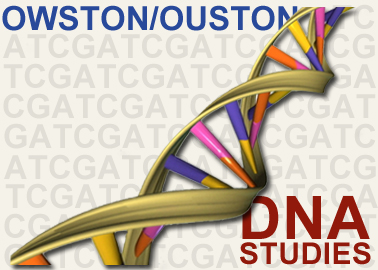
This week, it was reported that another individual in the National Geographic Genographic 2.0 project has tested positive for the F2642 Y-DNA mutation. This is the second known participant in the I1 communities who has tested positive for F2642. It is interesting to note that his genealogical origins are in France. This certainly allows for the possibility that Owston forebears were Norman; however, until others test and produce the same results, it is impossible to know at the present where our ancestors originated.
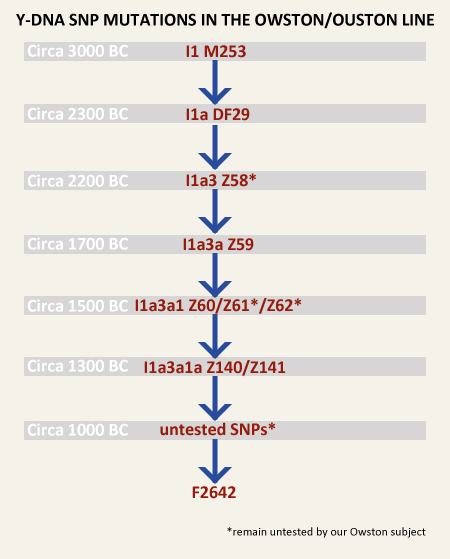
As stated previously, it appears that center of development of I1 Y-DNA occurred 5,000 years in the past in the region that encompasses what is currently Northern Germany and Southern Denmark. Individuals with the I1 haplogroup apparently moved in all directions from there.
Previously, it had been thought that the Owstons were of Viking stock; however, this was based on circumstantial evidence at best. According to Mower (1924) and Smith (1962), the “Ows/Ous” prefix in Owston/Ouston is from the Old Norse word austr meaning “east” and “ton” is from the Old English “tun” for farmstead or dwelling. Because of the etymology the name and the geography of our origins within the Danelaw, it was possible to speculate that our earlier patrilineal ancestors may have been Danish Vikings.
While the assumption appears to be logical, Owston and its variant Ouston are locative names and may have less to do with ancestry than they do with where the family originated. Without any further data, however, it is equally possible that our patrilineal ancestors were Norman or for that matter Angles who had invaded England much earlier, but also settled in the East Riding of Yorkshire.
In addition to Danes and Norwegians, a high percentage of Germans share the M253 mutation that define the I1 haplogroup. Redmonds, King, and Hey (2011) caution, “. . . a problem arises, when we try to identify Anglo-Saxon, Danish Viking, and Norman ancestry, because these historical groups were separated by just a few generations in the same part of Europe. It is frequently not possible to say definitely where a man’s Y-chromosomal cultural ancestry originates” (p. 199).
Even if we fine tune our speculation with STRs (Short Tandem Repeats), we are no better off in determining the ultimate origins of our ancestors. A comparison of the STRs (Short Tandem Repeats) of the Owston participant in Geno 2.0 and the other F2642 individual shows an 11 marker difference at 67 markers. This indicates that, even though they share the same SNP mutation, they are not closely related.
Currently, the I1 project at Family Tree DNA has 91 participants that have consistent STR mutations that place them into a subclade called the 14/22 Greater Complex – the same subclade that most Owstons and Oustons fall. It is also the same subclade in which the other F2642 Geno 2.0 participant is a member.
Of the 91 individuals in the 14/22 complex, the origins of the majority of these families are reported as being from the British Isles with the largest constituency being from England – including the Owstons/Oustons. The numbers are as follows:
- British Isles – 45 or 49.4%
- England – 28 or 30.7%
- United Kingdom (unspecified) – 6 or 6.5%
- Scotland – 6 or 6.5%
- Ireland – 5 or 5.5%
- Germany – 11 or 12.1%
- Denmark – 4 or 4.4%
- France – 4 or 4.4%
- Netherlands – 2 or 2.2%
- Czech Republic – 1 or 1.1%
- Poland – 1 or 1.1%
- Switzerland – 1 or 1.1%
- Ukraine – 1 or 1.1%
- United States – 1 or 1.1%
- Unknown – 20 or 22.0%
While it is exciting that another individual tested positive for the F2642 mutation, it puts us no closer in knowing our specific origins beyond the 15th and 16th centuries. One thing that appears to be certain, we have invader DNA. Unfortunately, we do not at present know which invaders contributed our Y-DNA and it is likely we may never know for sure.
REFERENCES
Distribution of European Y-chromosome DNA (Y-DNA) haplogroups by country (2010). Europedia.com. http://www.eupedia.com/europe/european_y-dna_haplogroups.shtmlyDNA haplogroup I: Subclade I1 results. (2013). Family Tree DNA. http://www.familytreedna.com/public/yDNA_I1/default.aspx?section=yresults
Mower, A. (1924). The chief elements used in English place names. Cambridge: The University Press.
Nordtvedt, K. (2012). I1xL22xZ58 tree. http://knordtvedt.home.bresnan.net/Tree%20for%20I1xL22xZ58.pdf
Nordtvedt, K. (2013). I1 Z58+ tree. http://knordtvedt.home.bresnan.net/Tree%20for%20I1%20Z58+.pdf
Nordtvedt, K. (2013). The I1 modalities. http://knordtvedt.home.bresnan.net/The%20I1modalities.xls
Owston, J.M. (2012). His name is my name too: A Y-DNA study of the Owston surname and its variants. http://www.owston.com/dna/Owston_Family_Y-DNA_Study.pdf
Owston, J.M. (2012). Owston DNA studies: A new Y-DNA mutation found in the Owston/Ouston family. Owston/Ouston One Name Study. http://owston.wordpress.com/2012/12/22/owston-dna-studies-a-new-y-dna-mutation-found-in-the-owstonouston-family/
Redmonds, G., King, T., & Hey, D. (2011). Surnames, DNA, and family history. Oxford, England: Oxford University Press.
Smith, A. H. (1962). The place names of the West Riding of Yorkshire. Cambridge: The University Press.
Y-DNA haplo I1 Z140+ [incl. downstream SNPs L338 and L592 [private]]. (2013). Facebook. https://www.facebook.com/groups/352630428131255/
http://owston.wordpress.com/2013/01/08/owston-dna-studies-another-f2642-y-dna-mutation-reported/
пятница, 4 января 2013 г.
Подписаться на:
Сообщения (Atom)















